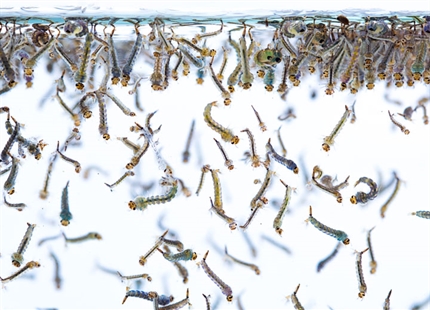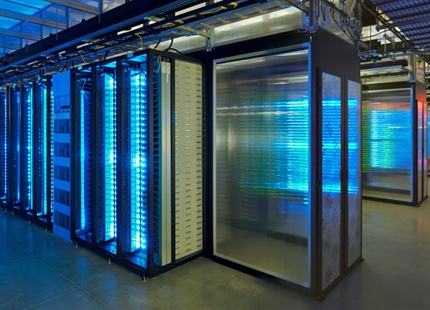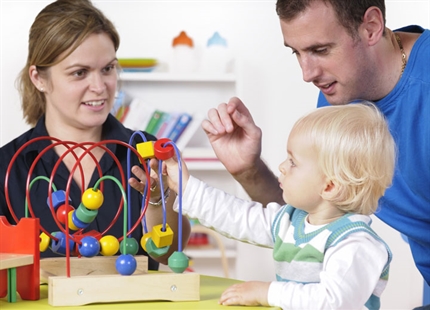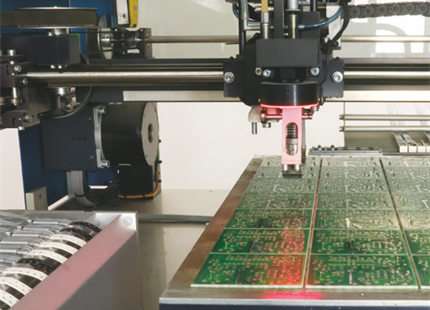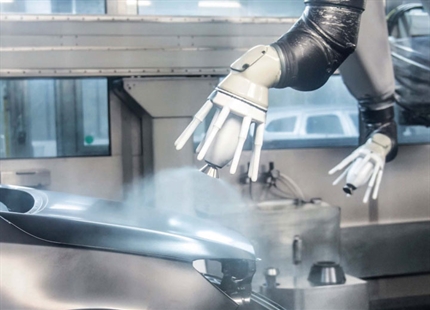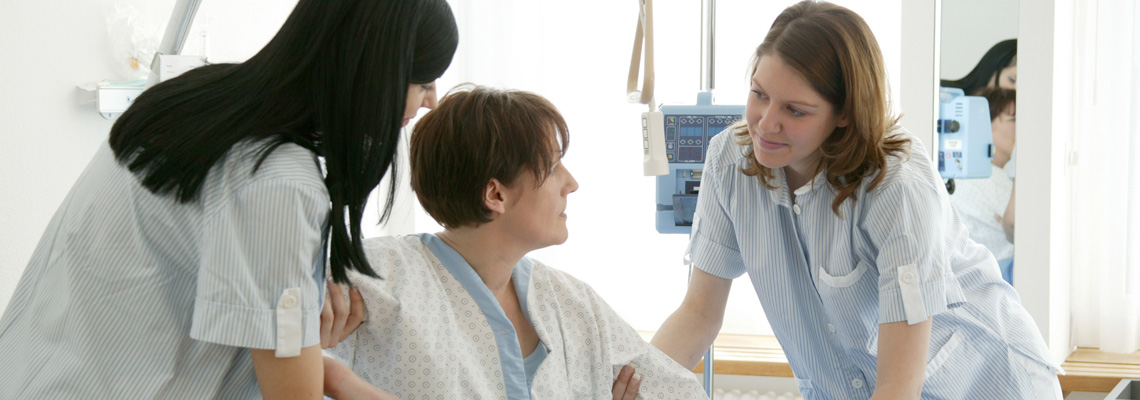
Hospital and healthcare humidification
& humidity control
Headaches, sore eyes and throat, nasal stuffiness, lethargy, skin complaints and an increase in airborne viral transmissions are all effects of a dry atmosphere. Dry air will suck moisture from all possible sources in the room including mucous membranes in the nose and throat, which are designed to protect us from infection. Moisture will also be drawn from any body tissue exposed during operations. This can cause premature drying and promote the formation of a scab from coagulated blood.
Perhaps more importantly in theatre is the effect of electrostatic shocks which build up below 40%RH. The uncomfortable, surprising jolts caused by a sudden 'static discharge can have potentially damaging and dangerous effects on surgery.
Consideration must also be given to the prevention of electrostatic sparks in relation to flammable anesthetic gases.
The humidity levels in maternity and obstetric departments should always be maintained as babies are particularly sensitive to a dry atmosphere. Also, low relative humidity can severely exacerbate the condition of patients with respiratory problems.
Many scientific studies have concluded that dry air has a direct impact on the transmission of airborne viruses and the length of time a virus stays infectious once airborne. Maintaining a hospital humidity at between 40-60%RH will reduce the spread of airborne viruses by inhibiting their ability to initially become airborne and the length of time they can survive once in the atmosphere.
Steam is a very popular solution in hospitals as it ensures the moisture being introduced is 100% safe and also due to the fact that there is often a ready supply of steam being used for sterilising purposes.
Benefits of Condair humidification in healthcare environments include:
- Transmission of airborne viruses is significantly reduced <40%RH
- 40-60%RH is optimum condition for human health and comfort
- Extensive expertise around the world in many healthcare environments
- Comprehensive product range to precisely meet customers' requirements
- Low energy systems to reduce operating costs and improve humidity control
- Low maintenance solutions to reduce on-going service requirements
- Great Ormond Street Hospital, UK
- Cork University Hospital, Eire
- Guys Hospital, UK
- John Radcliffe Hospital, UK
- St Mary's Hospital, UK
- Chesterfield Nuffield Hospital, UK
- Sheffield Children's Hospital, UK
- Harefield Hospital, UK
- Royal Berkshire Hospital, UK
Click here to view our healthcare clients from around the world.
Other industries where Condair delivers vital humidity control
Insectary & insect breeding
Breeding of insects for zoology, research or to contribute protein to the food chain, requires specialist humidity control s...
Read moreOther humidifier applications
Humidification and evaporative cooling is employed in many other applications around the world.
Read moreHuman Health & Comfort
Preventing illness and improving health in many situations of our daily lives.
Read moreHumidification in food & beverage manufacturing
Humidity control can enhance productivity in food & beverage manufacturing to improve product quality and reduce waste.
Read moreHumidification in industrial & commercial manufacturing
Optimal humidity control can improve productivity in many industrial and commercial manufacturing processes.
Read moreElectronics manufacturing
Eliminate harmful electrostatic discharge with humidification.
Read moreSpray booth humidification
Prevents evaporation of water-based paints and improves finish.
Read moreMuseums, galleries, art & antiques humidification
Preservation of works of art & antiques & fittings and features.
Read moreConcert halls & organs humidification
Preserving organs & protecting wooden instruments & auditoriums.
Read moreData centre humidification
Provides high capacity, low cost evaporative cooling and combats ESD.
Read more
